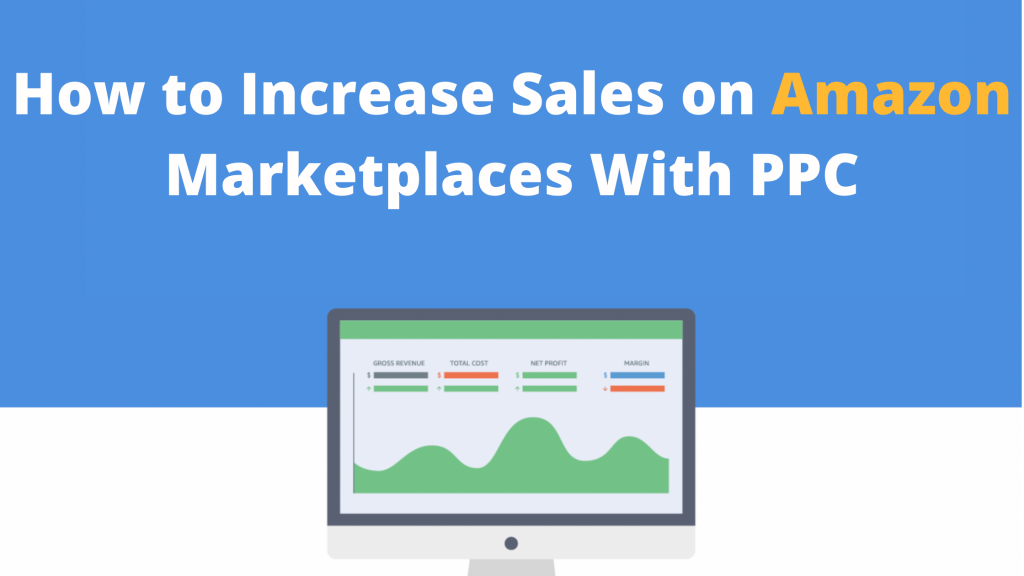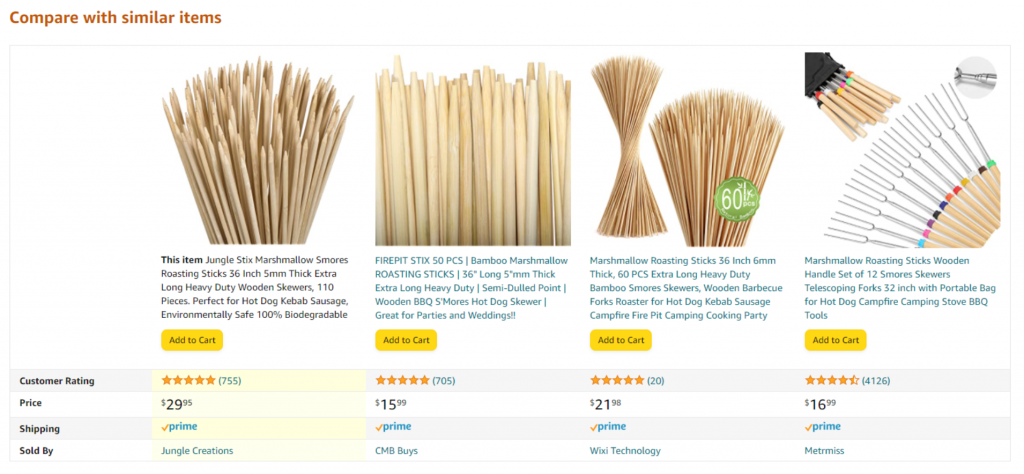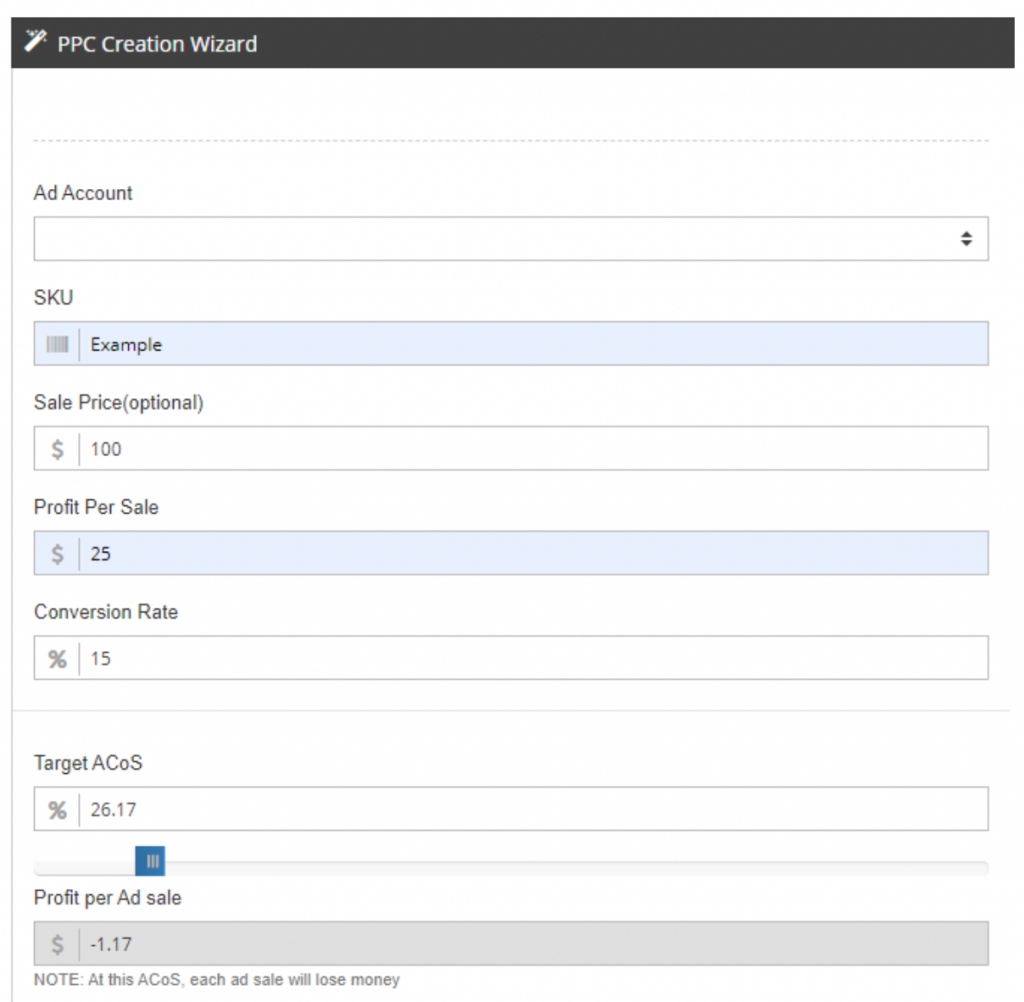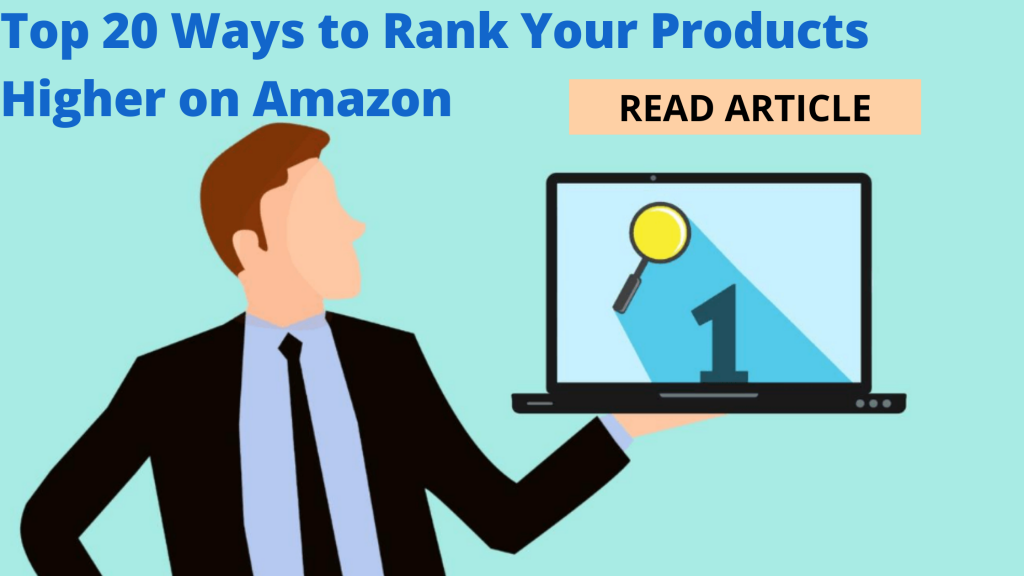
This is a guest post from our friends at wordtree.io
Using Amazon’s pay-per-click (PPC) to increase sales on the Amazon marketplace is almost universally recommended. You’re practically guaranteed to be losing out on sales if you’re not running PPC, but how do you get the most out of it per dollar spent?
Have you taken an honest look at your listing? Do you have a strategy in place for your Amazon PPC campaigns?
Related: How to Boost Amazon Conversions From Abandoned Shopping Carts.
How does your Amazon listing compare to the marketplace?
One crucial factor to getting your listing to rank up (the position your listing shows when a customer searches Amazon) with PPC is to compare it to your competition to see if you have an edge over theirs. It’s beyond this article’s scope to say what that edge is, but things like having a superior product, a lower price, more and better reviews, and or a listing with better pictures and ad copy. You know your product and niche best, and making sure your listing is going to convert should be your top priority before pursuing PPC.
If you look at “Compare with similar items” (found in the middle of your Amazon listing page), is your listing better than the listings Amazon displays in the Compare with similar items box? You may be losing sales due to customers seeing and clicking away from your listing. Your keyword rankings will not improve if this is going on too frequently. For example, you may need to lower your prices to be more competitive.

Example of competitors in the Compare with similar items box in the Jungle Stix Amazon listing
Increasing sales with Amazon PPC
Amazon monitors what happens when customers search for a term like “garlic press.” Amazon looks for what listing the customer clicked on and then purchased after searching with the phrase “garlic press.” When Amazon repeatedly sees that customers choose to buy from a particular listing over the others, then Amazon will move that listing up in the search results for “garlic press.” This is generally why one listing shows up higher than another when a search is done.
If the sale came from PPC or not, the above rules stay the same. Amazon will move up a listing getting more sales than other listings based on which listings are getting the sales. PPC allows your listing to show up in more customer searches and or higher up in those searches. Listings will have some search terms that are good at bringing in sales and some search terms that never bring in sales. Two important things to look at when managing an Amazon PPC campaign are changing bids based on each search term’s performance and pausing keywords that are costing money with no sales as a result. Decisions like this should be made every few days and can take a considerable amount of time.
This is where a PPC manager comes into play. WordTree.io has a fully automated PPC manager that will create and manage PPC for a listing on the Amazon marketplace. It only takes a few minutes to set up and requires little to no effort after that, leaving you free to focus on the rest of your Amazon business.
Does losing money on my PPC campaign make sense?
When setting up a PPC campaign, you can select the profit per ad sale. It will default to break even since most people are looking for the benefits of Amazon PPC but don’t want to lose money to increase sales on the Amazon marketplace. We’ll use WordTree.io’s campaign creator as an example.

Maybe you’ve decided that you’re willing to invest $1.17 per ad sale?
The difference between a WordTree campaign set at a breakeven profit per ad sale and a negative profit per ad sale is how often your listing is seen and how high in the customer search results your listing appears. Your listing may not even get shown for keywords that are bid high by multiple listings.
For some, it makes sense to set up their PPC campaign to lose money per sale to get their listing ranked higher organically (unpaid search results), so the listing can get new or more sales from some search terms (also known as keywords). If Amazon sees good metrics with these search terms, Amazon will start rewarding the listing by moving the listing’s search results up for the search terms. In some instances, it may make more fiscal sense to have your ad campaign lose money at first to help drive organic sales before toning it back to break-even or profitable ad spend.
70% of Amazon consumers never scroll past the first page of results, and the first three products garner 64% of business generated.
One recommendation: would hold off on a negative profit per ad sale PPC campaign if you’re not beating your competition currently. You’ll likely lose money with no benefit to your organic search term rankings.
A rank tracker will come in handy when it comes to ranking higher with PPC. If you’re unsure if a negative profit per ad sale will work for your listing, you can set aside a budget and a timeframe to give it a try. The rank tracker will tell you if you’re getting a return from the extra ad spend. More information can be found here.
When looking to increase sales on the Amazon marketplace, PPC can be a helpful tool if used correctly. Do you have a plan in place?
For questions, please contact Paul’s team.


0 Comments